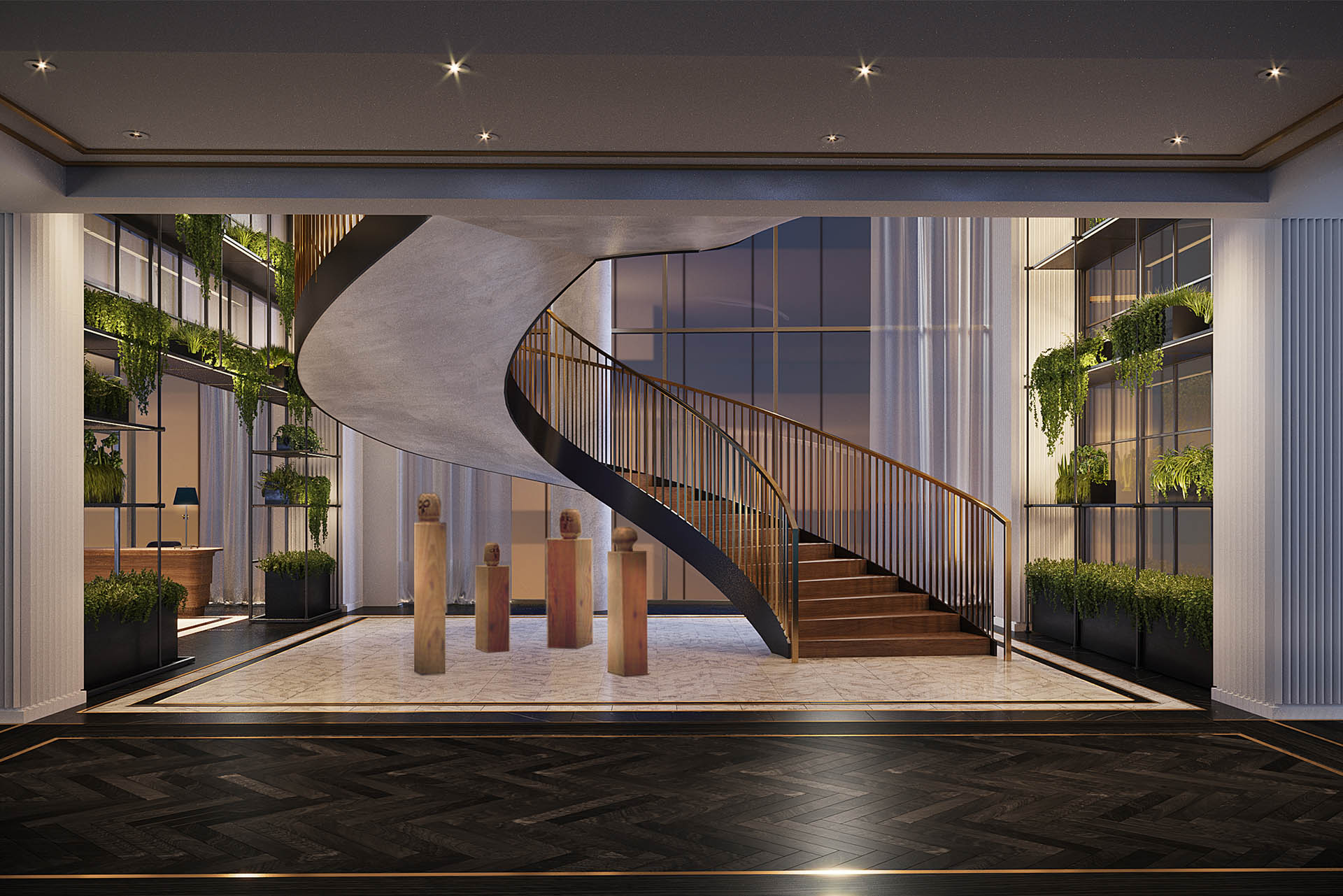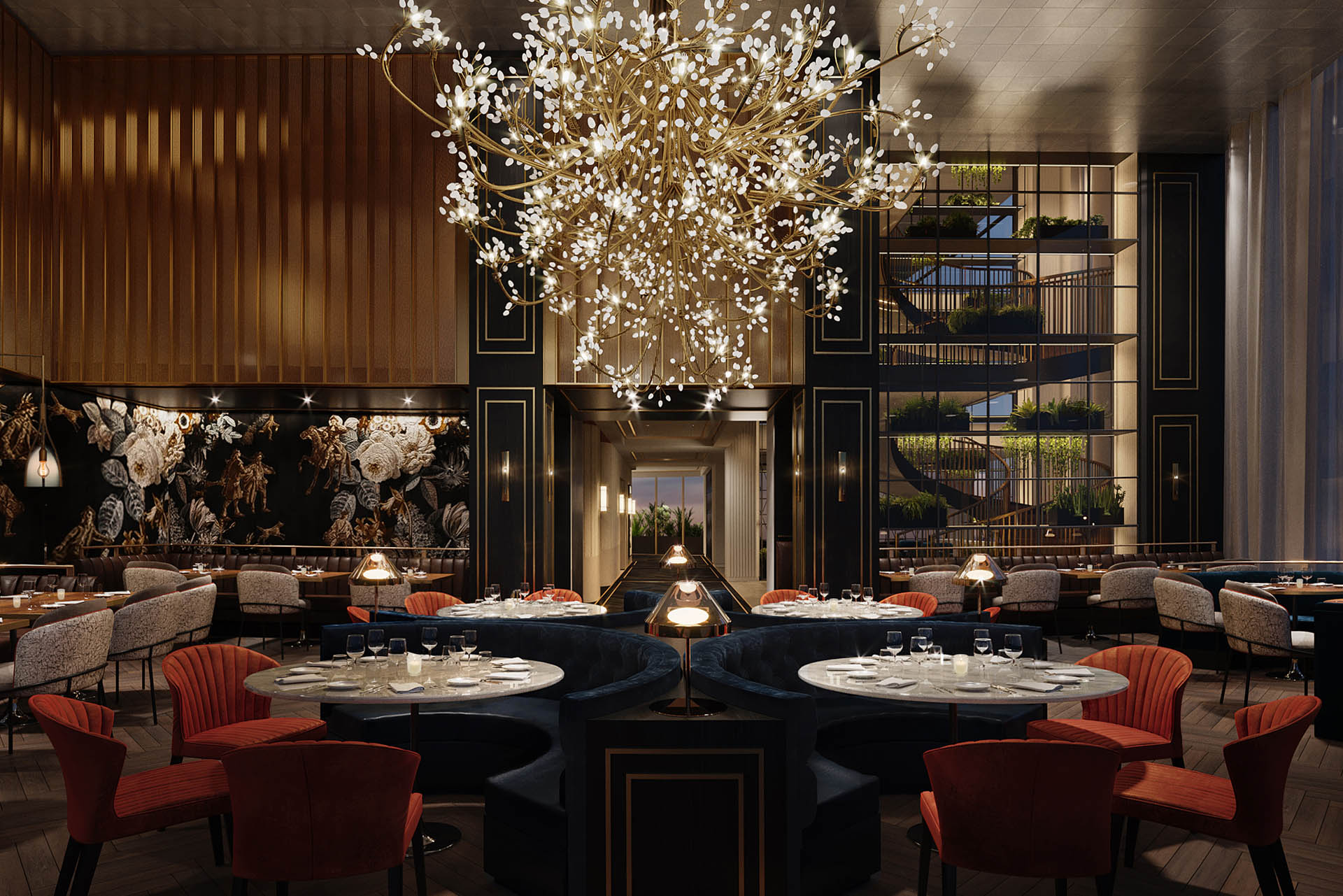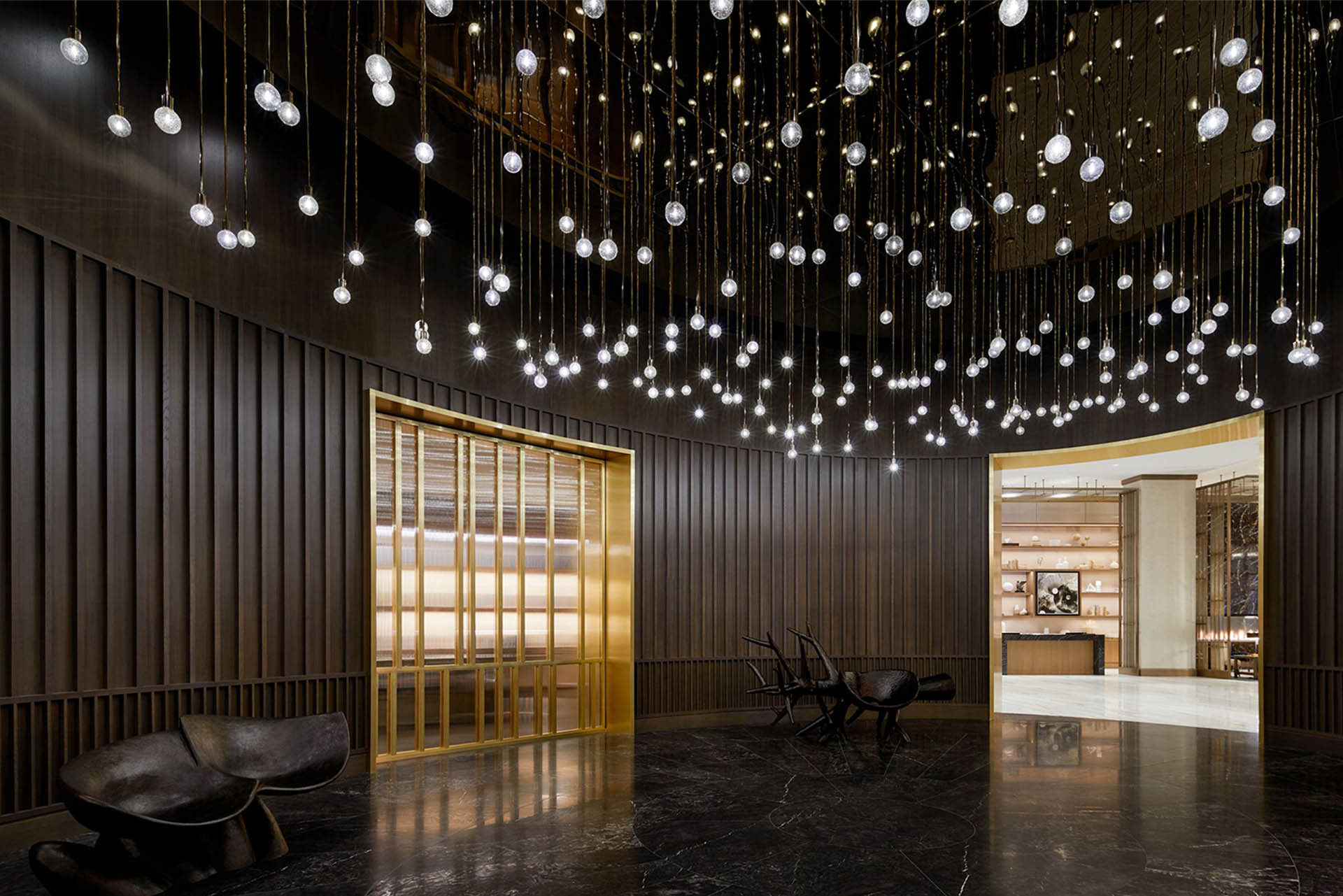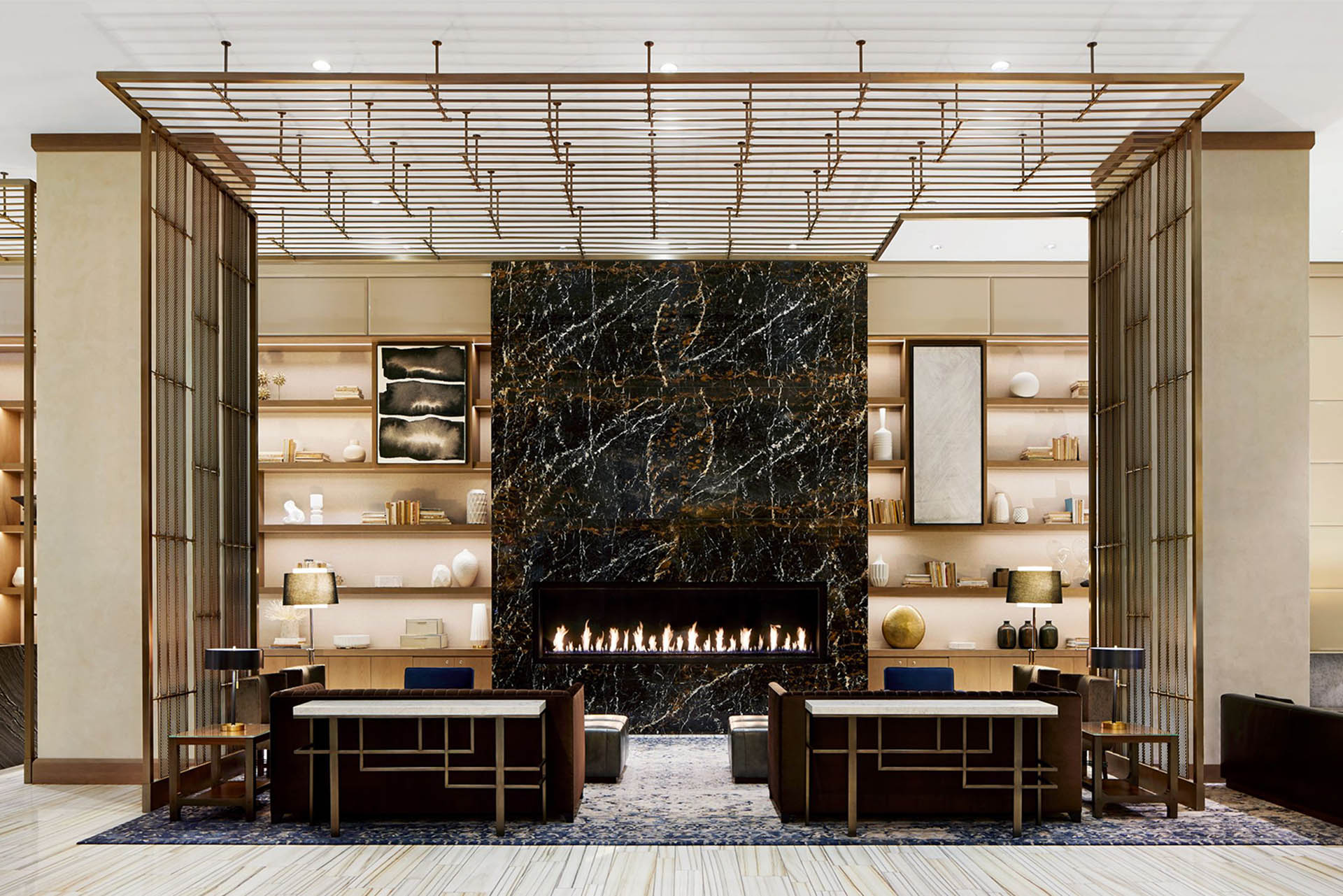

| CANVAS OF PLANS & DRAWINGS |
INTERIOR & DÉCOR, but with a twist |
| HOTELS & RESTAURANTS, beyond mainstream |
Notes on ART |
| Into big AFFAIRS | INSIDERS |
| GLIMPSES | |
Keywords:
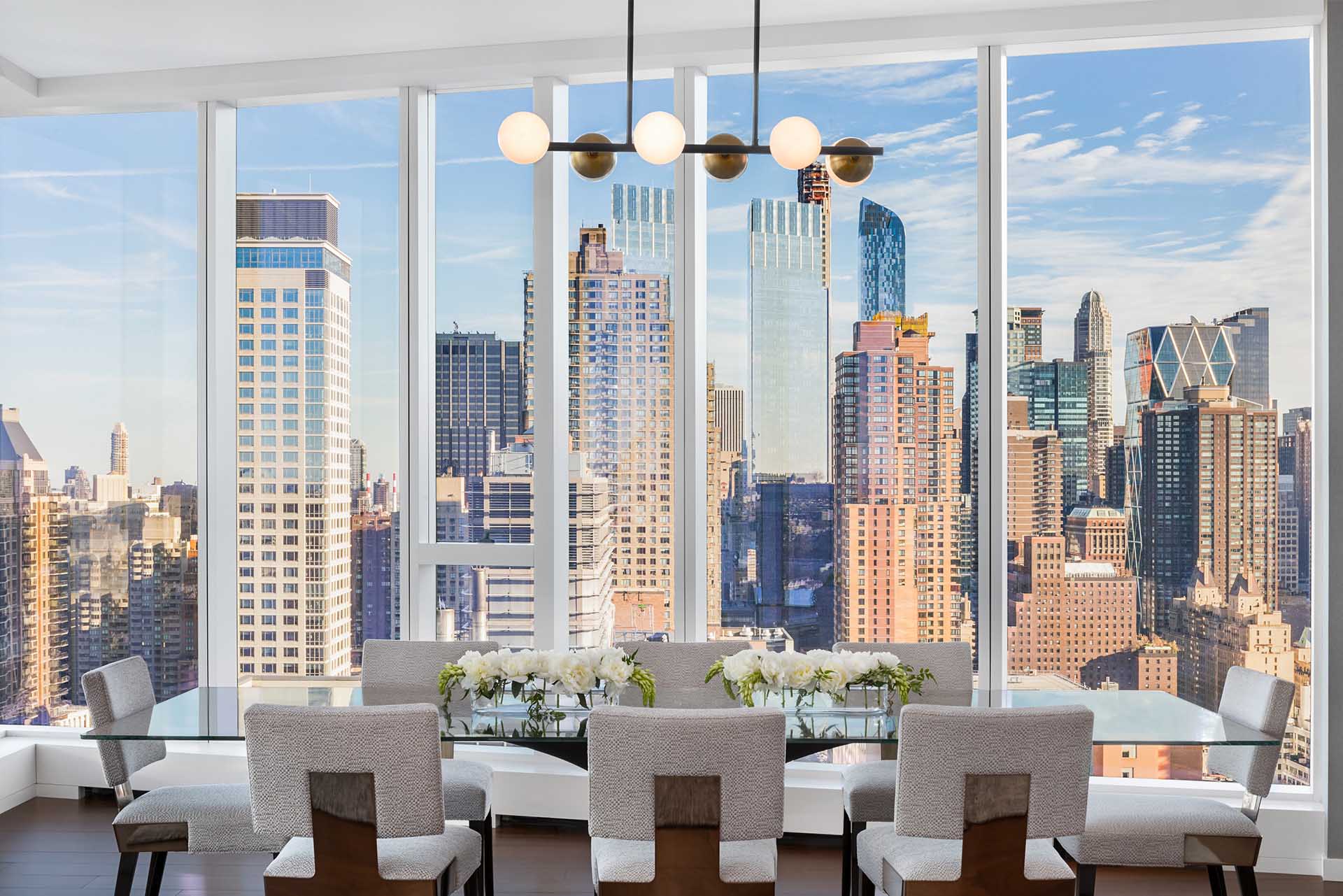
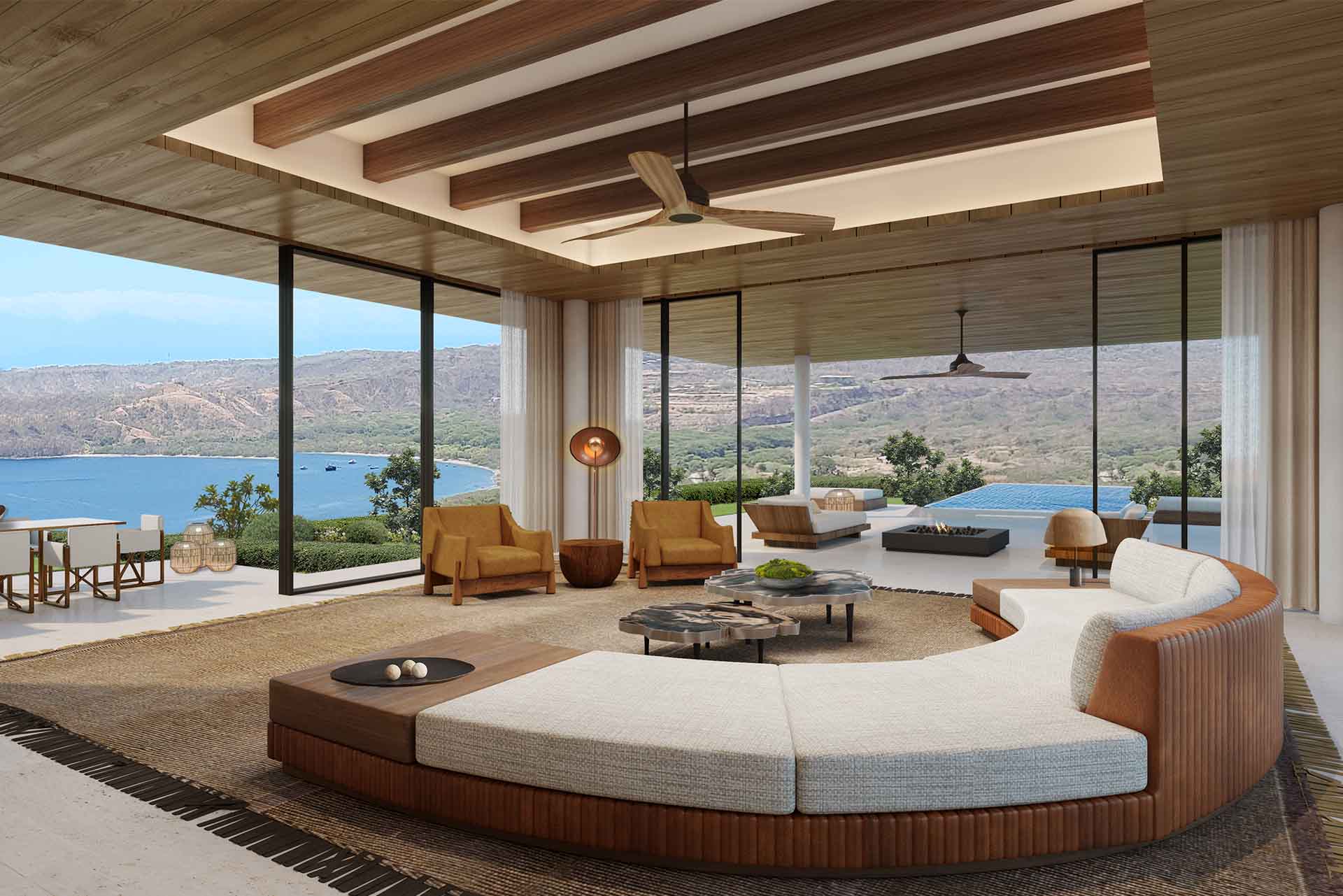
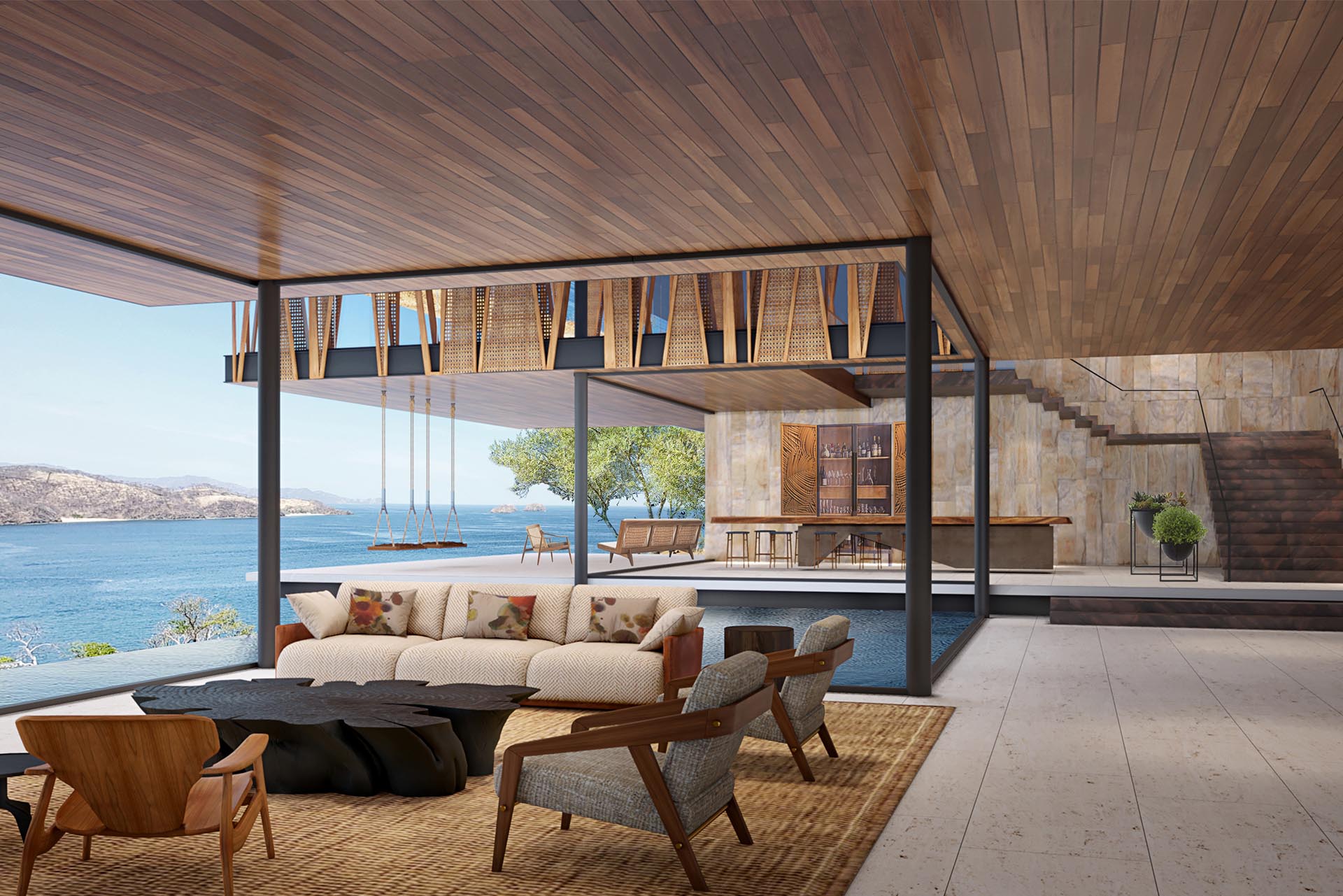
It all started when as children my brother – also an architect by profession today – and I used to spend our time building imaginary cities in our parents’ living room. We made use of everything that we could find: Lego, blocks of various materials, scraps of wood and all sorts of things that could help us create these mini worlds. And this curiosity, this way of building, experimenting and taking things that are typical household items and trying to imagine them as something else, has always remained with me. It definitely influenced my later decision to become an architect.
As for my professional history, I started in the corporate finance sector, and after five years of soulless and mundane work, I decided that I needed to come back to my original passion for design and creative endeavours. I have been practicing architecture for almost thirty years now. I am an avid traveller, and it was fate that I fell into the hospitality realm of design. It is the exposure to how different cultures, customs and human interaction are all so different and yet at the same time are all so similar, that fuel me and allow me to do what I love.
I was previously a partner at several larger firms in New York, however the lessons of the pandemic, allowed me to realize that I need to make some changes and it was time to create my own design studio with people that shared my design and creative ideals. We are a small and flexible group. Today there are eight of us and what unites us and defines our projects is collaboration. We believe that the project’s success requires input from different perspectives and talents. The latter not necessarily concern architecture or design, but can also come from photography, fashion, wellness or sculpture. All the creative endeavours that somehow shape things are involved, and this is the reason why the whole is always greater than some of the parts. This allows us to be more responsive to our clients, whom we always try to bring into the design process.
